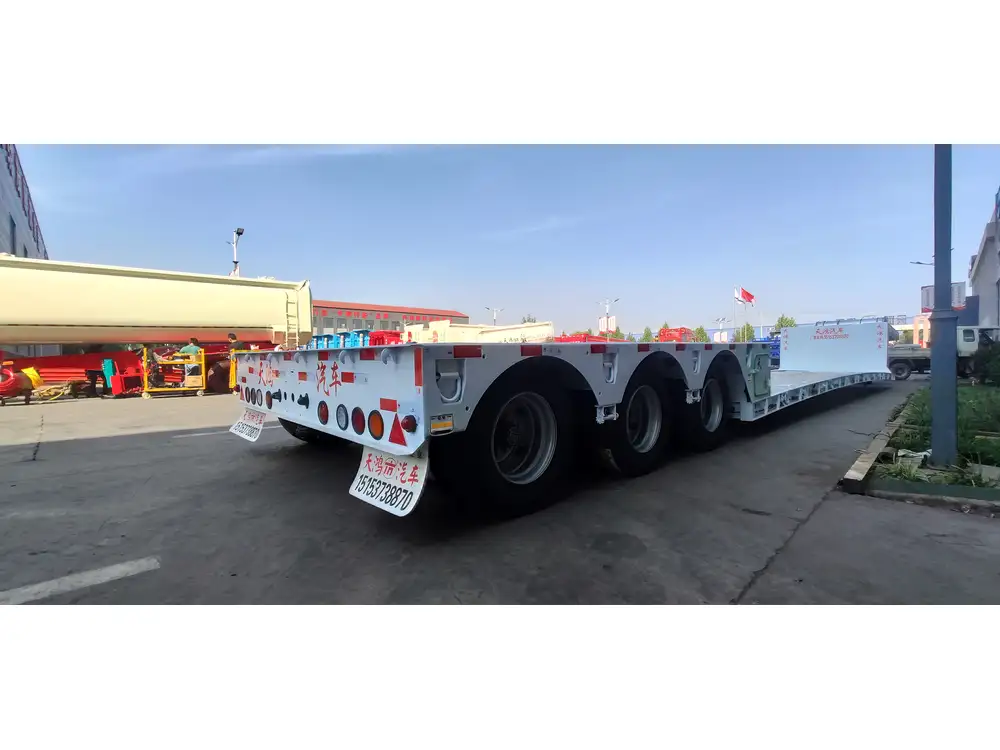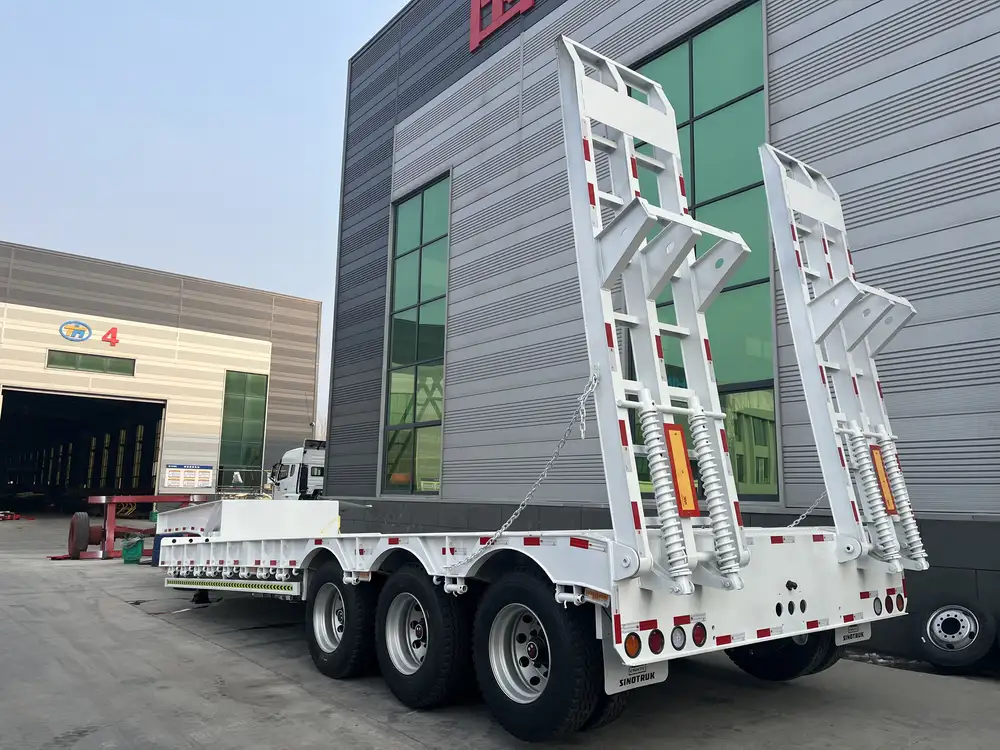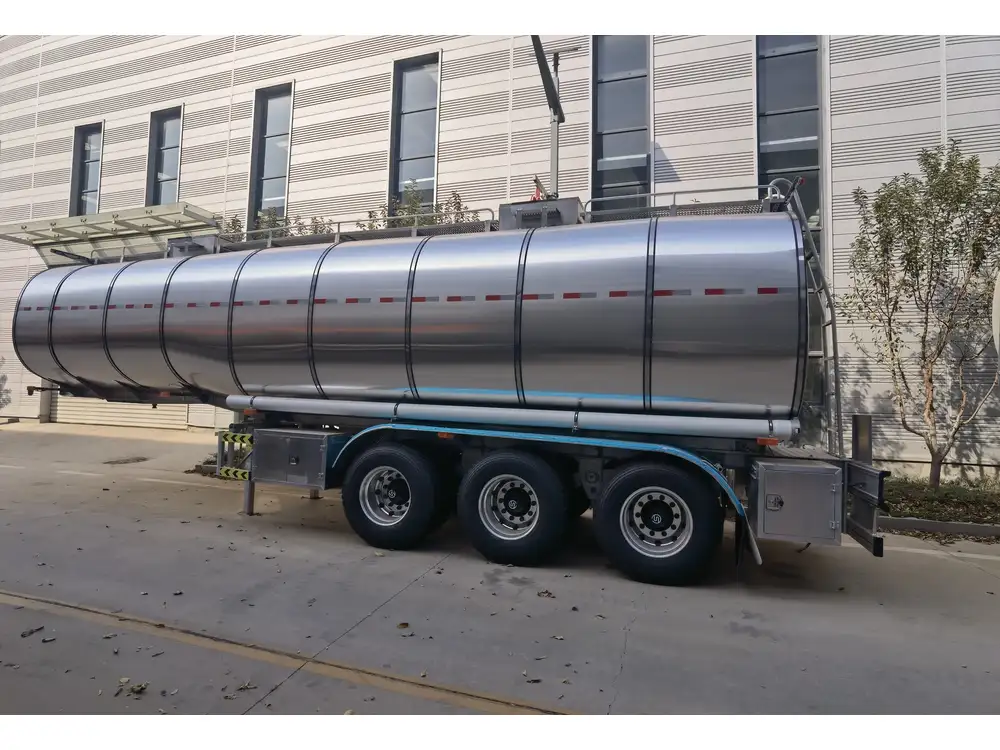Creating a dump trailer, whether for commercial use or personal projects, is a rewarding endeavor that demands precision, durability, and the right materials. This guide delves into the intricacies of constructing a reliable dump trailer, focusing on essential components, steps to follow, and critical safety measures.
Understanding Dump Trailers: The Basics
What is a Dump Trailer?
A dump trailer is a specialized type of trailer designed primarily for transporting bulk materials and features a mechanism that allows for unloading the materials through a tilting action. This versatility makes it ideal for various applications, including construction, landscaping, and agricultural transport.
| Feature | Description |
|---|---|
| Frame | Strong, durable steel or aluminum |
| Axles | Heavy-duty, able to support substantial loads |
| Hydraulic System | For lifting the bed, allowing for easy unloading |
| Tires | Rated for heavy loads; often larger in size |
| Bed | Varies in size; must withstand heavy materials |

Common Uses for Dump Trailers
- Construction Sites: Transportation of gravel, sand, or debris.
- Landscaping Projects: Carrying soil, mulch, or plants.
- Agricultural Applications: Moving hay, fertilizers, or farm equipment.
- DIY & Home Improvement: Hauling debris during renovation projects.
Materials Needed for Constructing a Dump Trailer
Creating a dump trailer necessitates various materials, each serving a unique purpose in ensuring the trailer’s structural integrity and efficiency.
Essential Materials
| Material | Purpose |
|---|---|
| Steel/Aluminum | Structural framework, trailer bed |
| Axles | Load-bearing support |
| Hydraulic Cylinder | Mechanism for tilting the bed |
| Tires | Provide mobility and support for weight |
| Wiring | Electric connections for lights and brakes |
| Paint/Coating | Rust protection and aesthetics |

Step-by-Step Guide to Building a Dump Trailer
With the right materials on hand, we can now proceed to the construction phase. Each step is crucial, as accuracy will ultimately determine the functionality of the finished product.
Step 1: Design your Dump Trailer
- Determine Size and Capacity: Assess what materials you’ll transport. Common trailer sizes range from 6’ to 14’ in length.
- Create a BluePrint: Draft a detailed design, including dimensions and features.
Step 2: Gather Tools
Before beginning construction, ensure you have the following tools:
- Welding Machine: For frame assembly.
- Angle Grinder: For cutting and smoothing metal edges.
- Drill: For making holes for bolts and connections.
- Hydraulic Jack: To assist with lifting the bed.

Step 3: Build the Frame
- Cut the Steel/Aluminum: Use the blueprints to measure and cut the material.
- Assemble the Frame: Weld the pieces together, ensuring all corners are reinforced.
- Install Cross Members: Add additional supports for extra stability.
Step 4: Attach the Axles
- Position the Axles: According to your load needs, place them correctly under the frame.
- Secure the Axles: Bolt them securely to the frame, ensuring they are aligned.
Step 5: Construct the Bed
- Cut and Weld the Bed: Use steel sheets to form the bed, welding securely to the frame.
- Install Hydraulic Cylinder: Position it at the front or toward the rear of the trailer, depending on the design, and connect it to the bed.

Step 6: Install Tires
- Attach Wheel Hubs: Secure the wheel hubs to the axles.
- Mount Tires: Ensure all tires are properly mounted and inflated to the manufacturer’s specifications.
Step 7: Wiring and Lighting
- Run Electrical Wiring: Connect the lights and brakes.
- Test All Connections: Ensure functionality for safety and legal compliance.
Step 8: Final Checks and Painting
- Inspect for Stability: Check that all connections are secure and safe.
- Paint and Protect: Apply a rust-resistant coating for longevity.

Safety Considerations
Safety is paramount throughout the construction process and during operation. Adhering to industry regulations ensures not only the safety of those operating the trailer but also that of the public.
Safety Guidelines
- Use Personal Protective Equipment (PPE): Always wear gloves, goggles, and steel-toed boots.
- Follow Local Regulations: Check local laws regarding trailer dimensions and towing capacities.
- Regular Maintenance: Perform routine checks on brakes, tires, and hydraulic systems to ensure optimal performance.
Maintenance Tips for Your Dump Trailer
After the trailer is built and in use, regular maintenance is essential to ensure its longevity and functionality.

Routine Maintenance Checklist
| Task | Frequency |
|---|---|
| Brake Inspection | Monthly |
| Tire Check | Every season |
| Hydraulic Fluid Levels | Bi-annual |
| Frame Inspection | Quarterly |
| Electrical Functionality | Before every major use |
Conclusion
Building your own dump trailer is an ambitious project that offers the chance to tailor a product precisely to your needs. With meticulous planning, attention to detail, and strict adherence to safety protocols, you can produce a trailer that not only meets but exceeds your expectations. Whether for personal use or as a potential business venture, understanding the construction process positions you for success in the burgeoning world of trailer manufacturing.
By following this comprehensive guide, you’ll be equipped to navigate the complexities of dump trailer construction with confidence. Ready to start your project? Gather your materials, prepare your workspace, and embark on the journey of building a custom dump trailer today!



